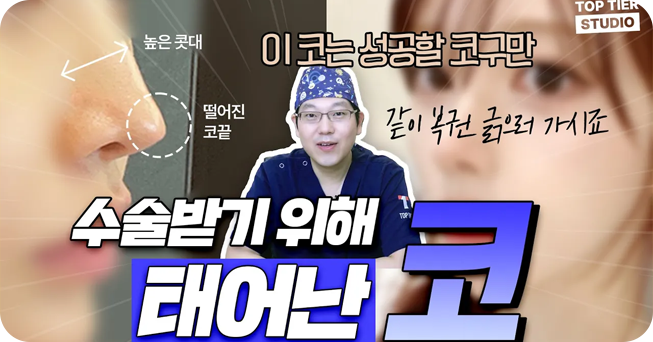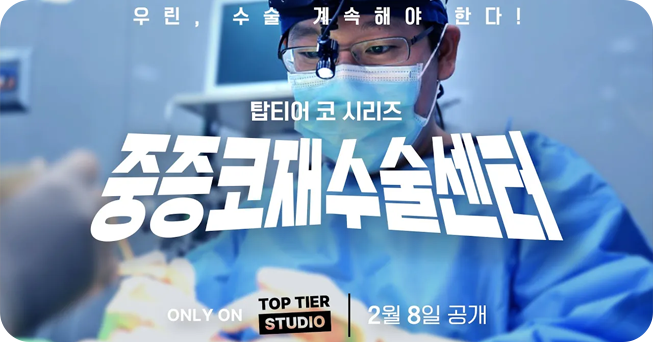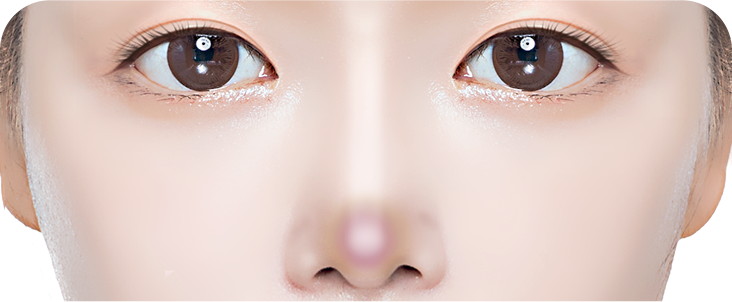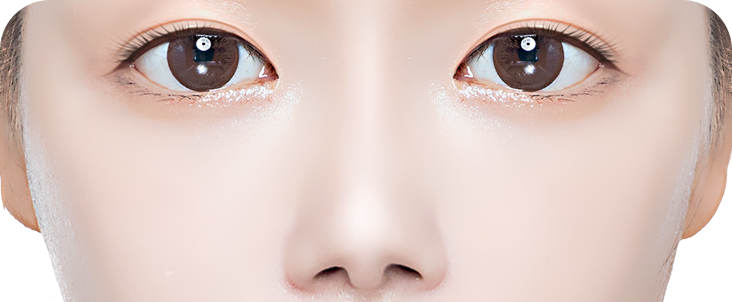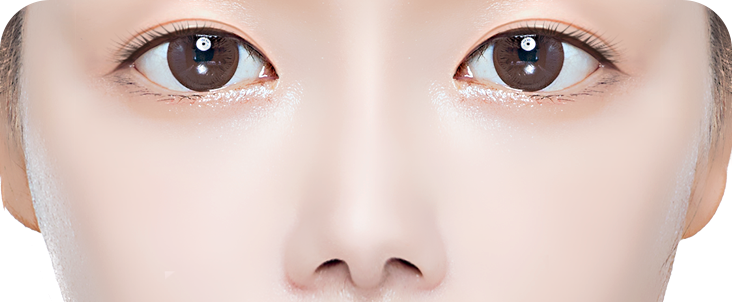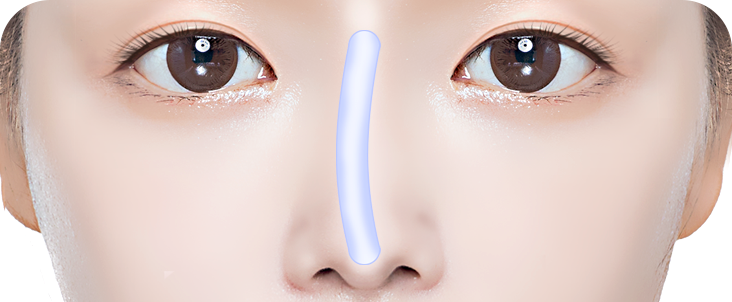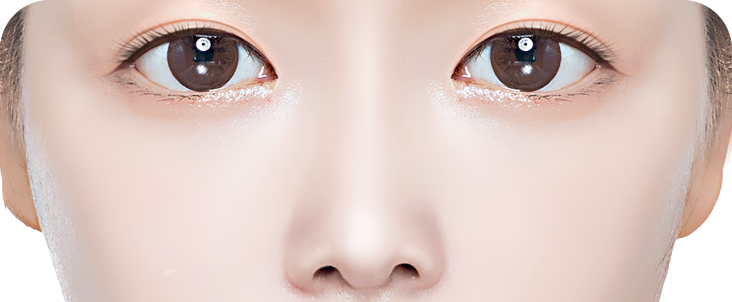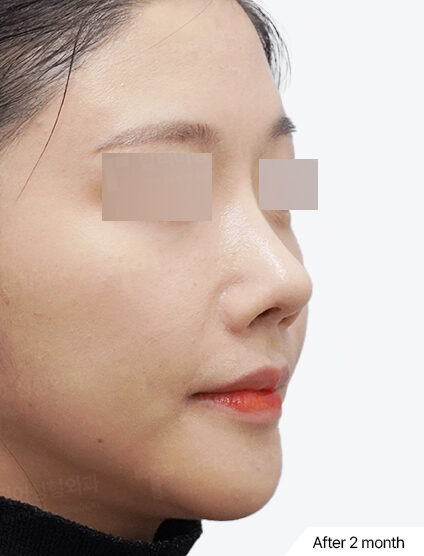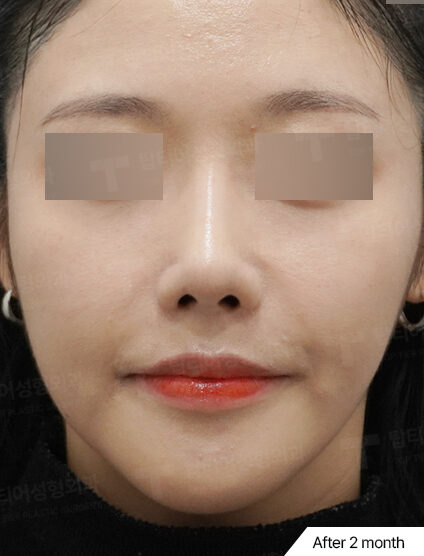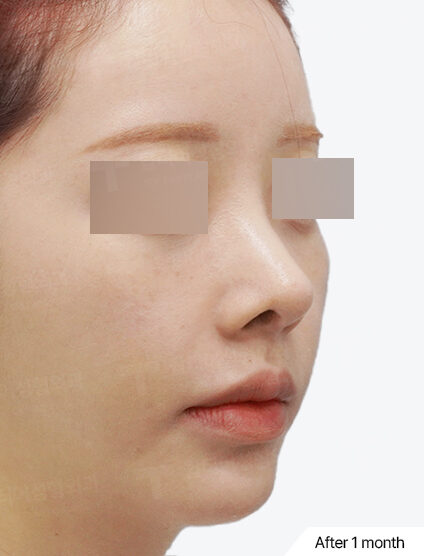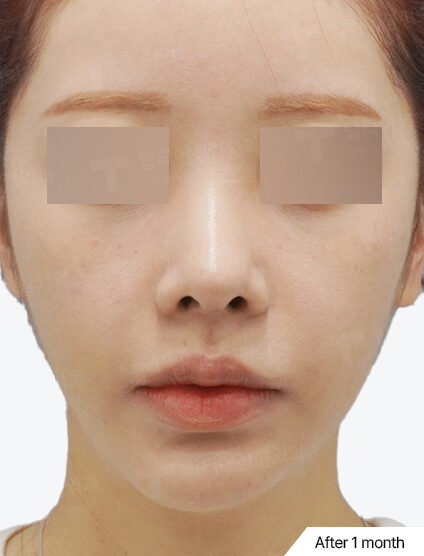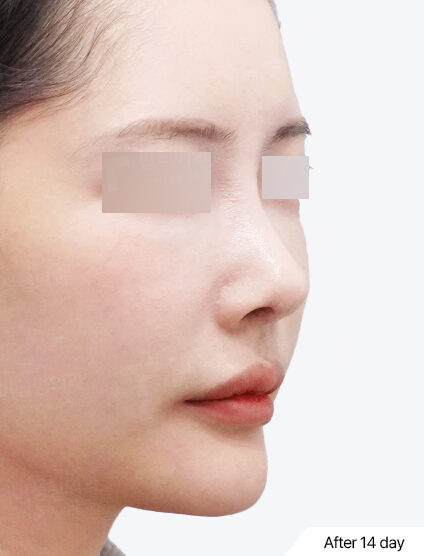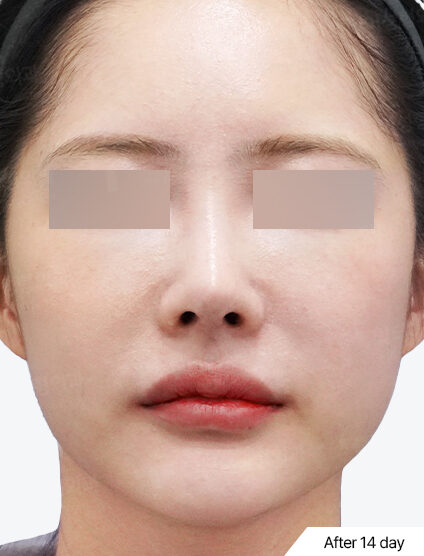Elevate Your Natural Nose Line!

Rebuild and Refine Your Nose Tip
TOP TIER Autologous Rib Cartilage Revisional Rhinoplasty
At TOP TIER Plastic Surgery, we focus on accurately diagnosing your issues
and create the perfect nose line using your own rib cartilage.
- #SuperiorBiocompatibility
- #StrongSupportandDurability
- #HighSatisfactionRates
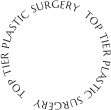

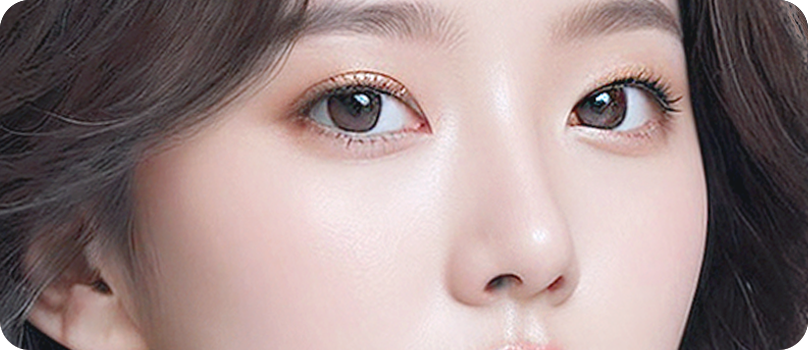
SURGERY INFORMATION
Procedure Time
2 to 3 hours
Anesthesia
Sedation
Hospitalization
Not required
Stitch Removal
Twice (at 5 to 7 days and at 12 to 14 days after the procedure)
Recovery Time
1 to 2 weeks for normal daily activities
Procedure Time
2 to 3 hours
Anesthesia
Sedation
Hospitalization
Not required
Stitch Removal
Twice (at 5 to 7 days and at 12 to 14 days after the procedure)
Recovery Time
1 to 2 weeks for normal daily activities

TOP TIER
Highly Satisfying Outcomes
in Autologous Rib Cartilage Revisional Rhinoplasty
A meticulous approach in all stages of the process, from cartilage harvesting to the final procedure
Revisional rhinoplasty using autologous rib cartilage is an ideal solution for cases in which repeated surgeries have caused inflammation, contracture, or a collapsed nose tip. Using your own cartilage minimizes the risk of discomfort and offers excellent compatibility with your body, reducing the likelihood of recurrent inflammation. As this procedure demands a high level of precision and care, especially during the step of cartilage harvesting, it’s crucial to choose an experienced medical team with extensive expertise to ensure safe and effective results.

TOP TIER
Highly Satisfying Outcomes
in Autologous Rib Cartilage Revisional Rhinoplasty
A meticulous approach in all stages of the process, from cartilage harvesting to the final procedure
Revisional rhinoplasty using autologous rib cartilage is an ideal solution for cases in which repeated surgeries have caused inflammation, contracture, or a collapsed nose tip. Using your own cartilage minimizes the risk of discomfort and offers excellent compatibility with your body, reducing the likelihood of recurrent inflammation. As this procedure demands a high level of precision and care, especially during the step of cartilage harvesting, it’s crucial to choose an experienced medical team with extensive expertise to ensure safe and effective results.
What is Rib Cartilage?
Rib cartilage is the flexible cartilage located beneath the ribs in the chest. It is stronger and more durable than other types of cartilage used in rhinoplasty, making it ideal for providing stable support, even for those with naturally weaker nasal structuresThe harvesting process is performed with care through a small incision of about 2–3 cm. Since the incision is made in the natural crease under the chest, the scarring is quite minimal and becomes less noticeable over time, typically fading after six months.
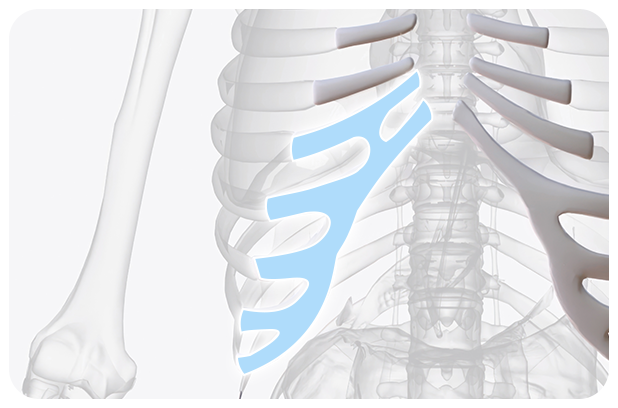
TOP TIER Autologous Rib Cartilage Revisional Rhinoplasty Benefits

Safe Without Side Effects
A high nose bridge can sometimes look unnatural. By adjusting the nasolabial angle and the slope of the philtrum, we create a nose that’s both elegant and naturally attractive.
Strong and Abundant Material
Compared to septal or ear cartilage, rib cartilage is both higher-strength and more abundant in supply.
Highly Versatile
Rib cartilage can be shaped and customized for a variety of applications.
Ideal for Correcting Contracted Noses
It is especially effective for reconstructing the columella, providing strong support to correct collapsed or contracted noses.
Safe Without Side Effects
A high nose bridge can sometimes look unnatural. By adjusting the nasolabial angle and the slope of the philtrum, we create a nose that’s both elegant and naturally attractive.
Strong and Abundant Material
Compared to septal or ear cartilage, rib cartilage is both higher-strength and more abundant in supply.
Highly Versatile
Rib cartilage can be shaped and customized for a variety of applications.
Ideal for Correcting Contracted Noses
It is especially effective for reconstructing the columella, providing strong support to correct collapsed or contracted noses.

Precise and Delicate Surgery for High Satisfaction
Comparison of Rib Cartilage Types: Autologous vs. Donor
|
Autologous Rib Cartilage |
VS |
Donor Rib Cartilage |
| Autologous rib cartilage is cartilage harvested from the rib ends of your own body. For rhinoplasty, the amount required is carefully obtained through a minimal incision of about 2 cm along the natural crease under the chest. Typically, cartilage from the 6th to 10th ribs is used. | How It Works | Donor rib cartilage is sourced from the chest cartilage of deceased donors. To prevent immune reactions, the cartilage undergoes radiation treatment to remove the cells between the cartilage matrix. |
| This method provides a plentiful supply of cartilage that is resistant to inflammation and offers excellent support, making it a reliable choice for reconstructing collapsed noses. | Advantages | No need for additional surgery to harvest cartilage from your own body. |
| An additional surgery is required to harvest cartilage. Surgery to harvest rib cartilage may leave a small scar beneath the chest. | Disadvantages | Costs can increase depending on the amount of cartilage required. Since it comes from a donor, there is a slightly higher risk of infection compared to using your own cartilage. |
| Results in an unnatural line along the nose bridge, nose tip, philtrum, and lips, making the nose appear overly prominent on a flat facial profile. | Benefits | Achieves a natural, flowing line from the nose bridge, nose tip, philtrum, and lips, creating an illusion of a slightly recessed mouth and a more three-dimensional and refined facial contour. |
When Autologous Rib Cartilage is Needed
TOP TIER Autologous Rib Cartilage Revisional Rhinoplasty Scenarios
BEFORE & AFTER
Please note that post-treatment issues, such as bleeding, infection, and inflammation, may vary among individual patients.
-
BEFORE
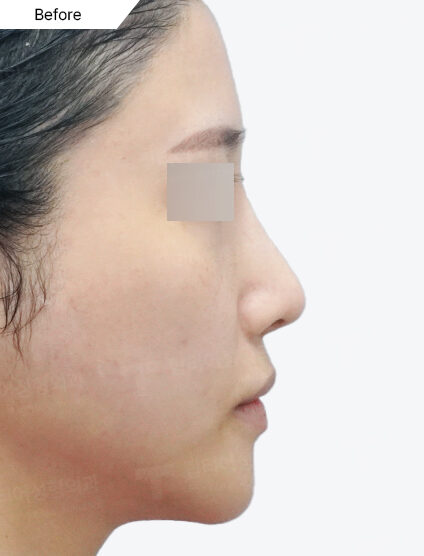
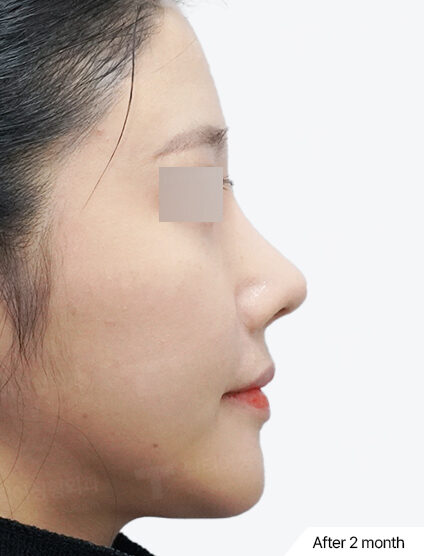 Revisional Rhinoplasty
Revisional Rhinoplasty -
BEFORE
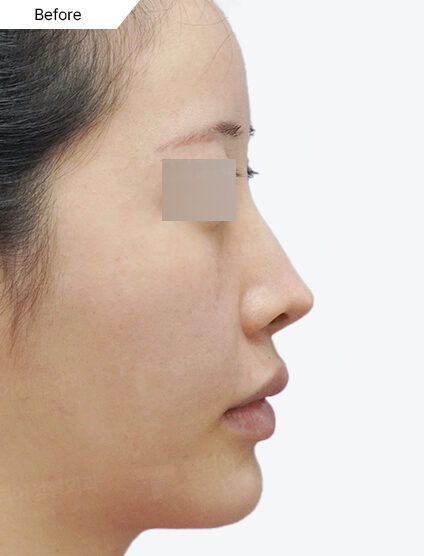
 Revisional Rhinoplasty
Revisional Rhinoplasty -
BEFORE
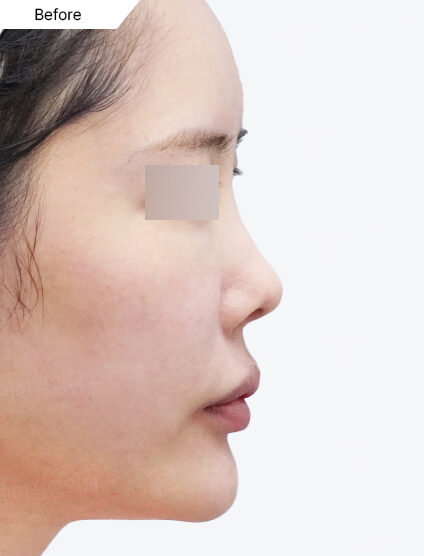
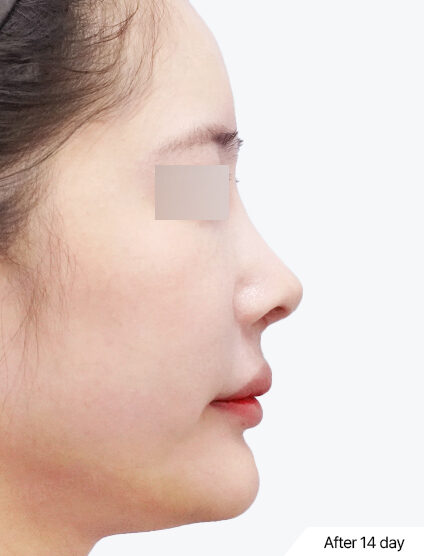 Revisional Rhinoplasty
Revisional Rhinoplasty



















